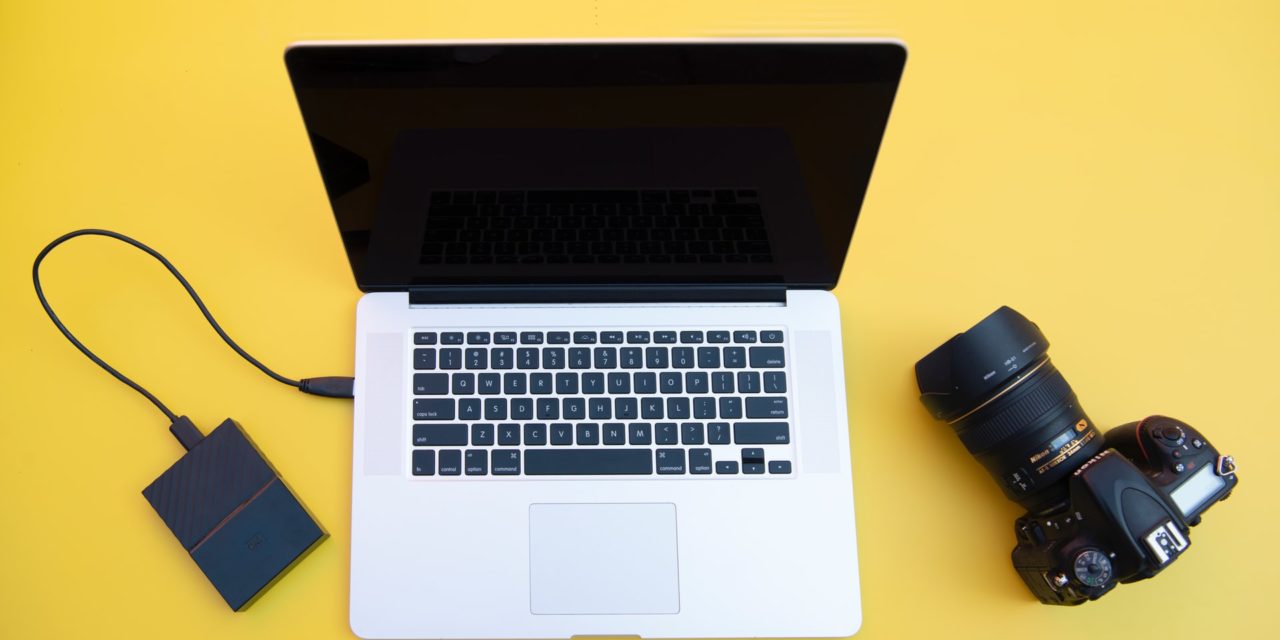The emergence of USB flash drives has been the most exciting change to computers of the last few years.
Before the USB flash drive the most popular way of moving around data was the floppy disk; CD's and DVD's were other popular methods but required CD and DVD writers which not every machine had. The old floppy disk only held about 1.4 mb, even the earliest USB Flash Drives eclipsed this holding either 8 or 16mb. Today USB Flash Drives which can hold up to 32GB – you can see that things have moved on a long way since their entrance onto the portable storage market.
Apart from size there are many other advantages to a USB Flash Drive that have contributed to its dominance of the portable storage market. A USB flash drive has no moving parts like a traditional hard disk, it uses nand flash memory which is solid state; this makes it far more robust than disk based storage, which, after a while may wear out. Also, USB Flash Drives are far easier to look after than CD's and DVDs as they cannot be scratched.
The only serious disadvantage of USB Flash Drives is price. USB Flash Drives are still quite a bit more expensive than CDs and DVDs, a 4GB DVD will cost you 50p-£1, a 4GB flash drive is going to cost you upwards of £10. This is a large gap especially if you want to back up an 80gig hard drive (for these kind of task an external hard drive should be the tool of choice).
Cost is also the main reason that flash memory is not been used by film studios and record companies to release their films and record albums. However as the price of nand flash falls they are becoming a more realistic choice and have been used to release some albums.

